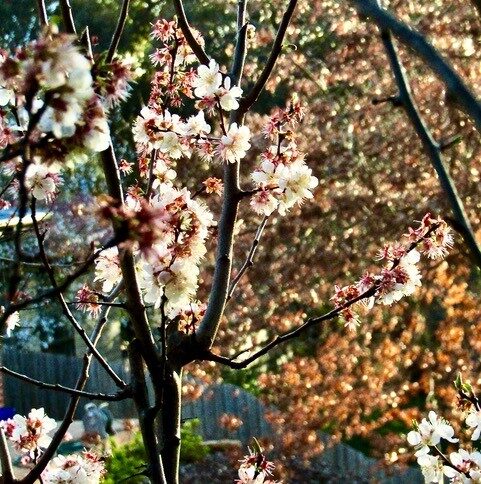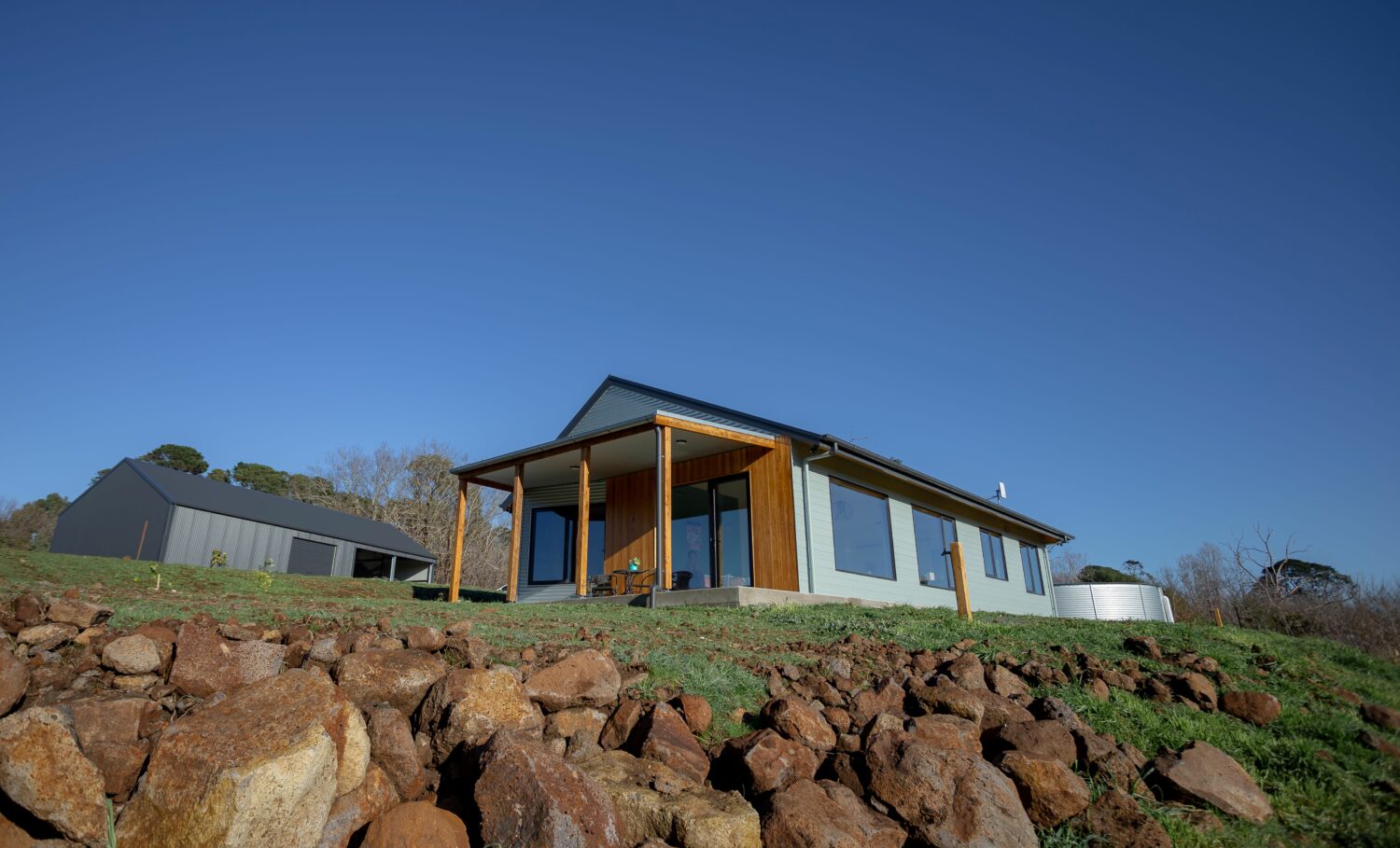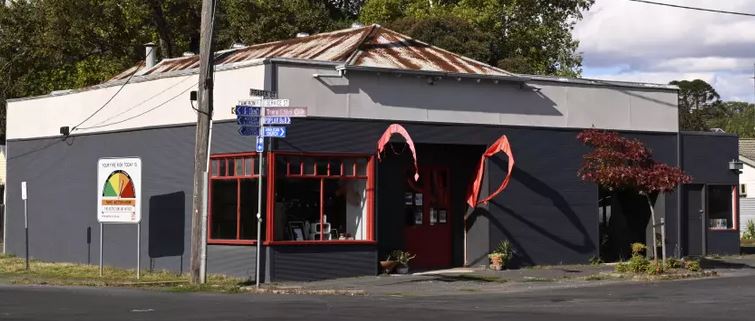December 6th, 2020Glen, about the house
It’s almost that time of year again. Amidst the coloured lights and tinsel, in pride of place and laden with the usual baubles and beads there stands the ubiquitous Christmas tree – all unfolded and preened from its hibernation in the spare room wardrobe.
Attractive and convenient as these synthetic trees might be, to me they somehow lack the charm and character of real trees. The other alternative, and one I remember fondly from my childhood, the cut tree, has even more problems. Sure it’s real, and even smells like Christmas, but by the time New Year comes around, all you can think of is cleaning up fallen needles and getting rid of the denuded carcass, with promises of “never again”. So, don’t settle for second best – grow your own perpetual Christmas tree.
If you choose to “go traditional” with a pine tree, there are a range of beautiful conifers available from nurseries and garden centres each year, all eminently suited for the task. Amongst these are varieties of cedars, including cedrus deodara and atlantica, also picea abies – the Norway spruce and abies douglasii – the Douglas fir.
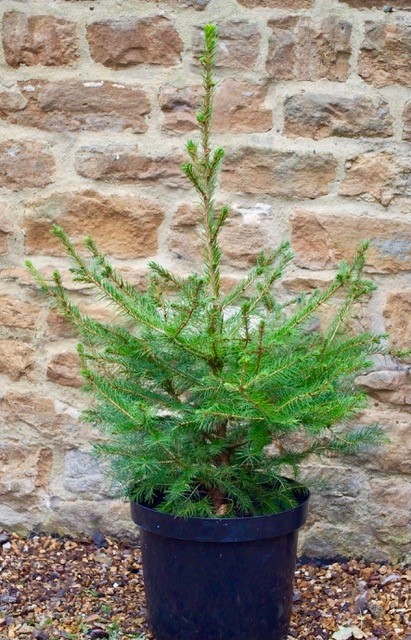
All have the symmetrical branches and needles of the traditional European Christmas tree in the manner that the manufacturers try to emulate.
Actually, there are no written rules that decree all Christmas trees should slavishly follow the strict symmetrical, horizontally branched, needle-leafed configuration of Europe.
This came about purely through the ancient Nordic tribes’ inclusion in their religious celebrations…hence the yule log and Yuletide. And the most predominant trees were conifers.
If I wished to follow that ingrained tradition, my absolute winning choice would be our own Norfolk Island pine – araucaria heterophylla (pictured). Not only do they have the perfect formation for the job, beautiful symmetrically-shaped and horizontal branches laden with lush green needles, like the other conifers they thrive outdoors as a container-grown plant, but will survive indoors for several weeks. Also, like the others araucaria are reasonably slow growing so will serve for many Christmases before they need the service of a forklift to bring them indoors.
Although Norfolk pines obviously can’t claim the traditional history of their European counterparts I like to think their familial connection with our famed prehistoric wollemi pine gives them an overall head start.
From the time of our earliest settlers who had to make do in almost every facet of survival with whatever was at hand, I’m positive that even celebrating Christmas Day, let alone finding a suitable tree was certainly far from mind when they initially set up home in our wide brown land. But being quite ingenious in making do once settled, come Christmas, family homes everywhere would have sprouted a branch or two from the nearest gum or wattle tree, bearing bits of ribbon and maybe small tokens for the children. I can recall several, early, wartime Christmas mornings opening my gifts under a spreading red gum branch.
In later years, with the whole family nursery at our disposal, the choice was from a multitude of large potted trees, at times instead of a conifer a spreading acacia or eucalyptus would spend the festive season in our lounge room.
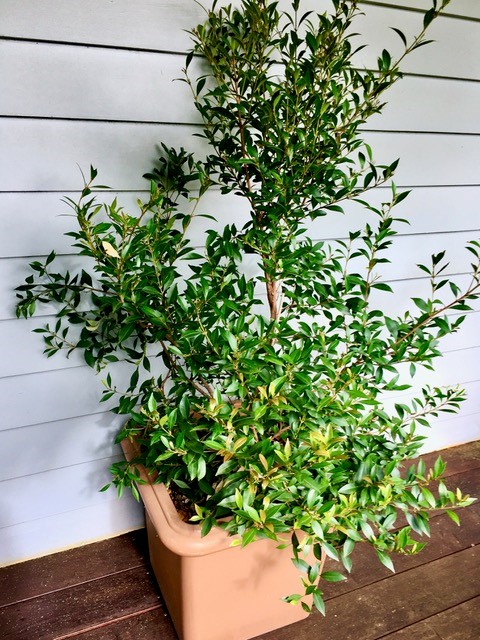
Now with the plethora of large, container-grown trees and shrubs at our disposal, the choice is endless. One of my favourites, native of course, is the dwarf lilly pilly, acmena smithii var. minor, which features shiny, bronze-coloured when young foliage, and fluffy white flowers.
The greatest feature of a living Christmas tree is that it can bring joy and pleasure to the children for many years and can become their own special project to nurture and protect from year to year.
Got a gardening query? Email glenzgarden@gmail.com


